Johann Maresch was born in 1821 and began his career in 1841 with Adolphe Baehr, who died in 1849. Johann Maresch then married his daughter Marie-Louise, who would give him nineteen children and became a shareholder of the company with his step- mother Wilhelmine.
The Bähr & Maresch siderolite (meteorite stone) ceramic factory, whose productions were marked B&M, was located in Usti Nad Laben (Aussig), near Téplice, in the north of present-day Czechia, in Bohemia. Around 1863, the company switched to the JM brand, continuing the operator with his son Ferdinand,
It uses a mixture of ferruginous clay giving more resistance and weight than fine porcelain. In 1890, the manufacture passed under the direction of Ferdinand, to whom he gave in 1899 the name “Ferdinand Maresch, Siderolith, Majolika and Terracotta Fabrik” while retaining the distinctive JM mark. He developed exports especially to Germany, England and America, and in 1906 won a gold medal at the industrial exhibition in Liberec. In 1909, the company employed around 200 workers or artisans. Johann Maresch died in 1914.
The Maresch factory has mainly made majolica and terracotta, busts, animal sculptures, table services, German jugs, mirror frames and garden furniture. Always cast in white terracotta, the subjects are very varied: small American blacks, Orientals, dandies or country figures, Art Nouveau objects…. The themes and the quality of this production are very reminiscent of another, more famous Austro-Hungarian factory, that of Bernhard Bloch.
The piece underwent old restorations on the girl's thumb and the boy's neck (see photos). The two compartments of the planter measure partly base 7.5 x 8 cm and partly high 16 x 9 cm, with a depth of 12 cm.
The planter is marked JM followed by a sign among the twenty or so that have been identified and probably allow the modeler or the model to be identified.



























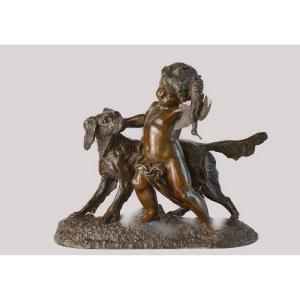
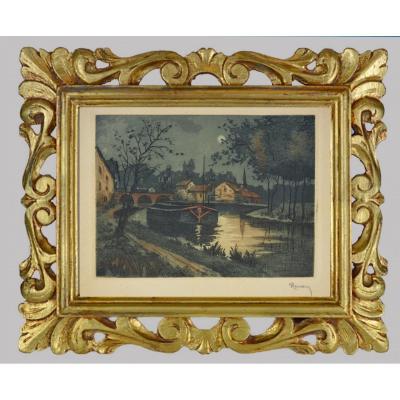
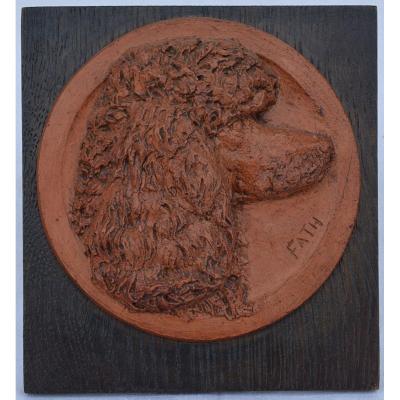

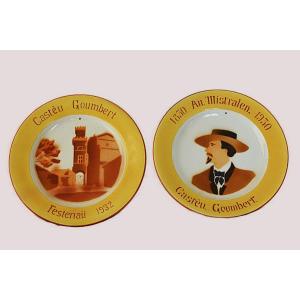
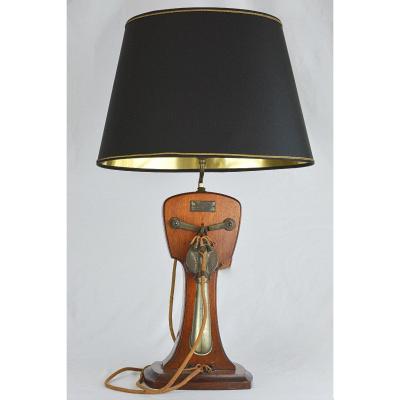
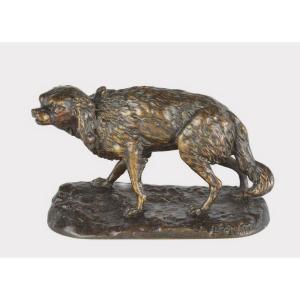
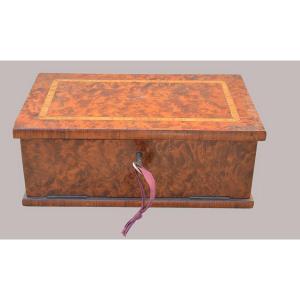
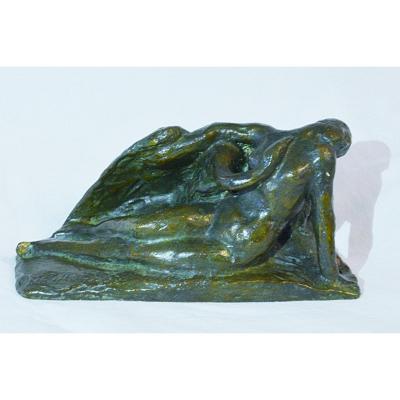
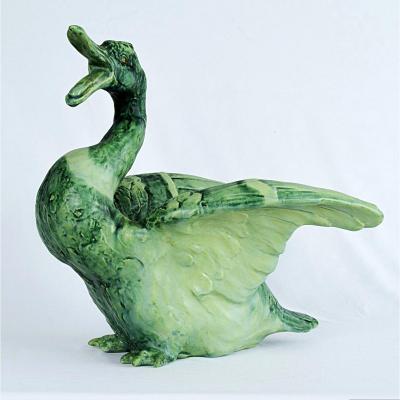
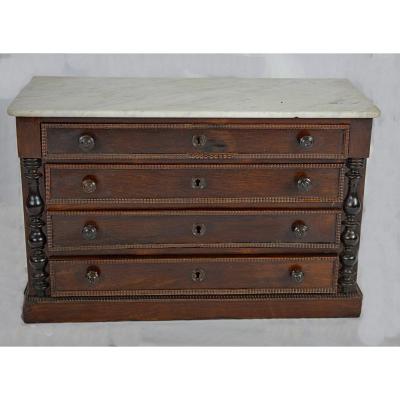


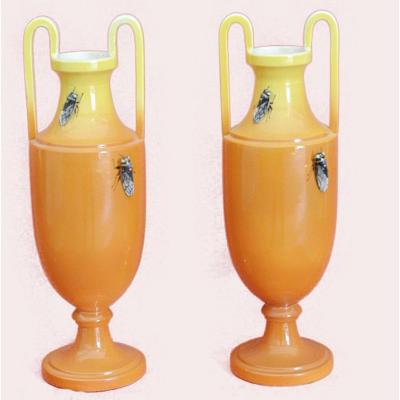



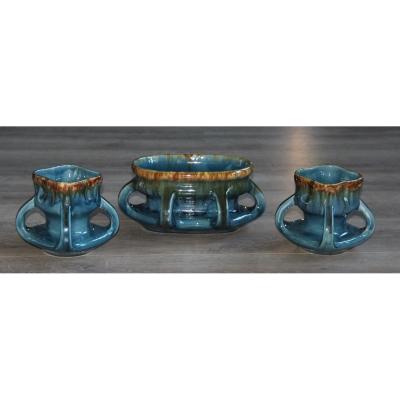
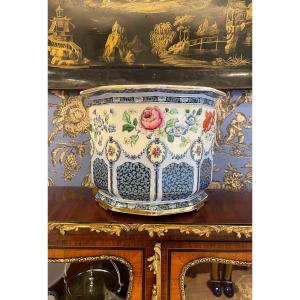



 Le Magazine de PROANTIC
Le Magazine de PROANTIC TRÉSORS Magazine
TRÉSORS Magazine Rivista Artiquariato
Rivista Artiquariato